History of Burke
Burke Rehabilitation Hospital opened its doors in April 1915 through the generosity of John Masterson Burke, a New York City philanthropist. Originally called the Winifred Masterson Burke Relief Foundation in honor of his mother, the hospital treated patients for pneumonia, ulcers, fatigue and cardiac and thyroid disease. The Foundation’s earliest programs included rigorous exercise, medical supervision and daily chores. As one of the first institutions to encourage exercise for cardiac patients, Burke helped found the American Heart Association in 1924.
Campus Design
The campus was designed by McKim, Mead, and White, the renowned architectural firm that also designed Manhattan's Washington Square Arch and the New York Herald building, as well as the Rosecliff Mansion in Newport, Rhode Island. A series of graceful colonnades link its 12 neoclassical buildings. Burke's 61-acre campus is a tranquil setting of rolling lawns and leafy trees.
Burke’s Navy
During World War I, the Foundation became a naval hospital, known as “Burke’s Navy,” where some 2,000 sailors were treated. World War II transformed the field of rehabilitation medicine. The vast number and variety of war injuries led to increased emphasis on physical and occupational therapies, improvements to prosthetic limbs and wheelchairs, and the development of community services. In 1951, with its strong focus on multi-disciplinary rehabilitation medicine, the Foundation formally became The Burke Rehabilitation Hospital.
Building a Modern Hospital
In the early 1970s, Burke built a modern hospital of 150 beds in five units, while repurposing the original buildings for related uses. In the 1980s, Burke began to develop a network of outpatient therapy clinics that continues to grow to meet patient needs locally.
Burke Today
Today, Burke is a not-for-profit acute physical rehabilitation organization and a national leader in the field of medical rehabilitation. Burke holds accreditation from The Joint Commission and the Commission on Accreditation of Rehabilitation Facilities (CARF) . Burke offers residency and fellowship programs to support the development of new generations of rehabilitation doctors. In 2016, Burke joined the Montefiore Health System.
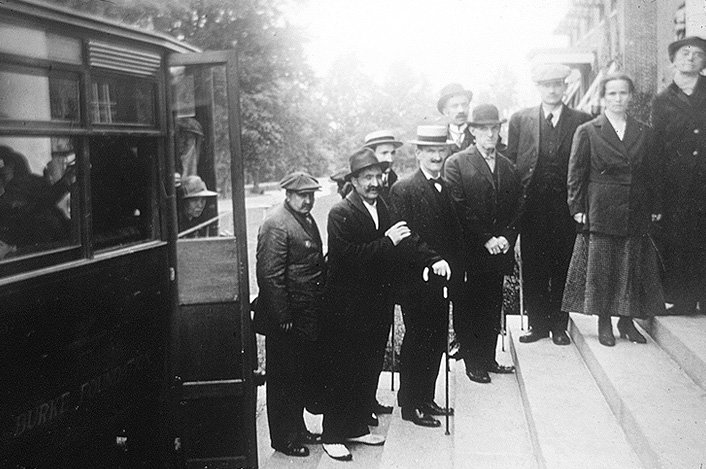
Early Burke patients often came by bus from the NYC admitting office.
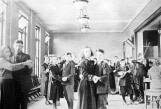
An early photo of a Burke dance on campus.
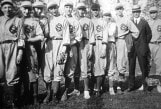
A Burke sponsored baseball team poses for a yearbook picture.
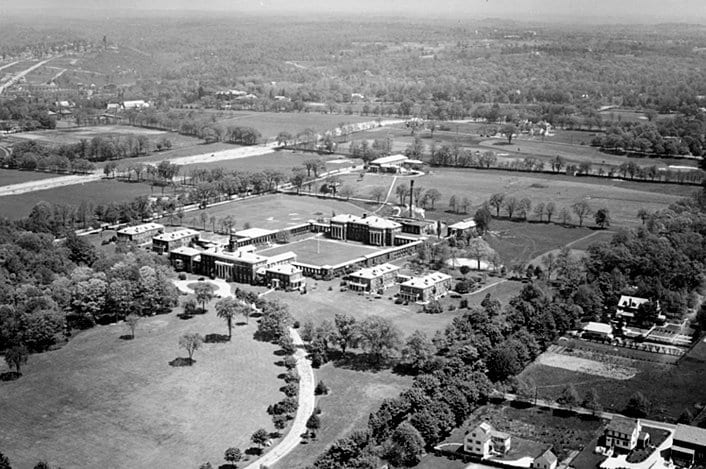
The 60-acre Burke campus looks very much the same today as it did in 1915.
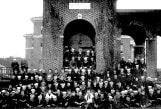
During World War I, Burke served as a hospital for wounded service men returning from the war.
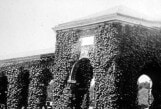
Sports and exercise were always encouraged at Burke.
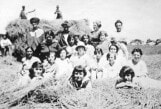
Outdoor activities have been a part of the Burke experience for nearly 100 years.
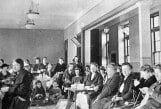
Early Burke patients assisted with daily chores as part of their rehabilitation.
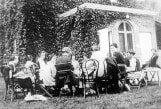
Since its opening in 1915, patients have found Burke's bucolic campus the perfect setting for rehabilitation.
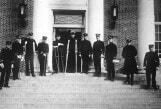
For many years Burke has treated public servants injured in the line of duty.
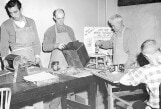
An early Burke work therapy program helped patients develop new skills.
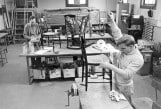
Patients used their skills to help Burke with needed repairs.
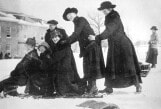
Recreation therapy has always been a vital part of the Burke experience.
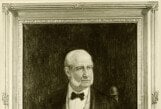
A portrait of philanthropist John Masterson Burke.